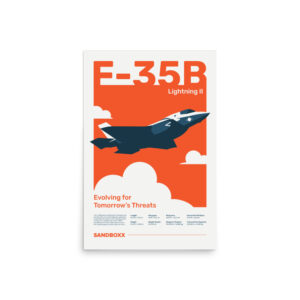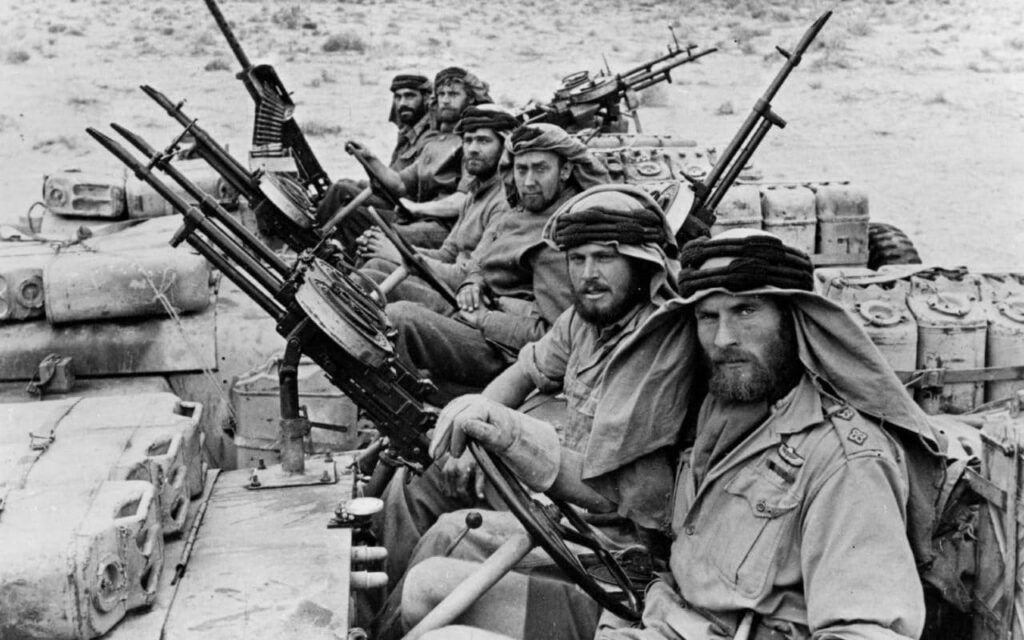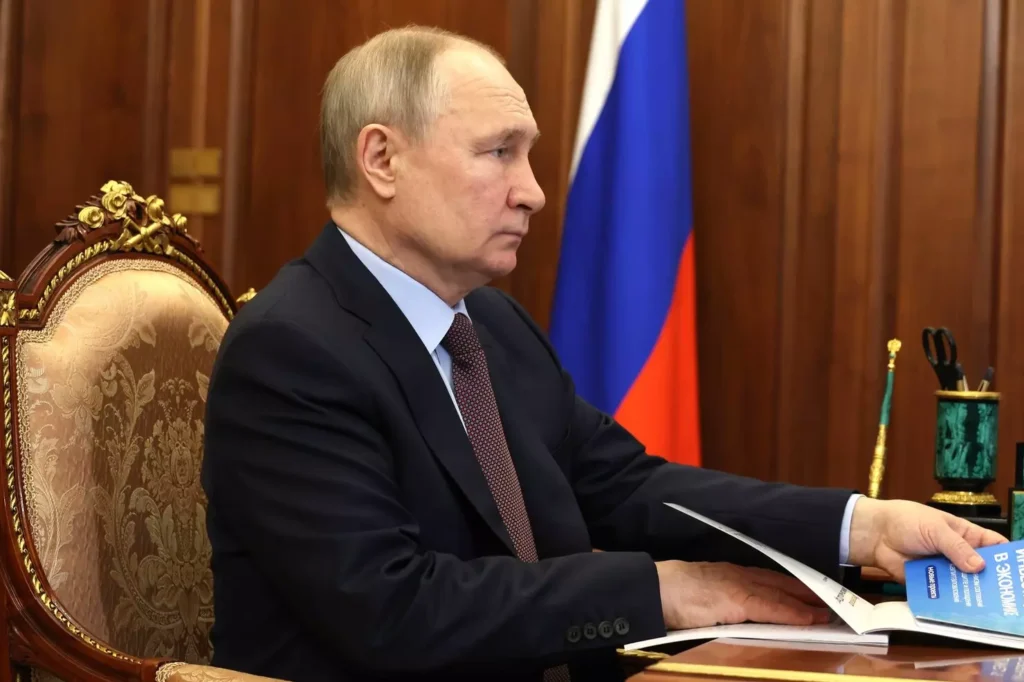NATO members are spending big on defense because of Russia – but one non-NATO member is doing the most
- By Stavros Atlamazoglou
Share This Article

The full-scale Russian invasion of Ukraine has made NATO relevant again. NATO’s member states are spending increasingly more on their defense, rejuvenating the transatlantic alliance and increasing its deterrence against not only Russia but also China.
According to the latest NATO report, the transatlantic alliance will spend almost $1.3 trillion for defense in 2023 and most of its members increased their spending from 2022.
NATO’s four spending tribes
When it comes to defense expenditure, NATO countries could be placed in four tribes: the big dogs, the heavy hitters, the base, and the campers.
The “big dogs” camp is comprised of the biggest spenders in NATO in absolute terms; namely, the United States ($860 billion), Germany ($70 billion), the United Kingdom ($69 billion), France ($58 billion), and Poland ($32 billion).
With a jaw-dropping defense budget of $860 billion, the U.S. is the uncontested winner of any unofficial arms race. Indeed, the Pentagon spends as much as the next 11 countries combined. Another interesting member of this group is Poland, which is NATO’s biggest spender, in percentage terms, for 2023.
The Russian invasion truly shook the eastern European country. Neighboring Ukraine and sharing an old enmity with Moscow, Krakow is reasonably concerned that Putin might try to pull something off in Poland. As a result, Poland doubled its defense expenditure in just a year.
Related: Poland arrests Russian agents intending to sabotage Western arms shipments to Ukraine

The “heavy hitters” camp is comprised of countries that aren’t part of the traditional big-four (Germany, France, the U.K., and the U.S.) but still spend considerable cash in bolstering their military capabilities. This group includes Italy ($31 billion), Canada ($29 billion), Spain ($19 billion), Netherlands ($16 billion), and Turkey ($13 billion).
The “base” camp is full of countries that spend billions of dollars for their defense but still can’t reach the gargantuan cash the big dogs spend nor the heavy hitters’ considerable cash. This group includes member states like Sweden ($9 billion), Romania ($8.6 billion), Norway ($8.5 billion), Finland ($7.4 billion), Greece ($7.3 billion), Belgium ($7.2 billion), Denmark ($6.9 billion), Hungary ($5 billion), and the Czech Republic ($5 billion).
Finally, the “campers” bring up the rear with some considerable contributions but without any major punches. This camp includes countries like Portugal ($4.2 billion), Slovakia ($2.6 billion), Latvia ($1 billion), Slovenia ($960 million), Luxemburg ($573 million), Albania ($398 million), and Montenegro ($123 million).
“In view of differences between both these sources and national GDP forecasts, and also the definition of NATO defence expenditure and national definitions, the figures shown in this report may diverge considerably from those which are quoted by media, published by national authorities or given in national budgets,” NATO said in a press release accompanying its latest defense expenses report.
“Equipment expenditure includes expenditure on major equipment as well as on research and development devoted to major equipment. Personnel expenditure includes pensions paid to retirees,” NATO specified. A country’s defense expenditure is the sum of its equipment and personnel expenditure.
Related: The first M1 Abrams tanks arrive in Ukraine
Not in NATO but doing NATO’s job

Although not a NATO member, Ukraine has been doing what NATO was designed for: fighting a defensive war against Russia.
As we have analyzed in Sandboxx News before, Ukraine has received significant security aid from the West. In the 19 months of the war, Ukraine has received close to $90 billion in weapon systems, munitions, support, and training. The U.S. alone has sent or committed to send $45 billion, which represents about 5% of Washington’s 2023 defense budget.
But that aid has helped destroy up to 50% of Russia’s pre-war military. According to Western intelligence estimates, the Kremlin has lost more than 300,000 troops, 2,500 tanks, 6,500 infantry fighting vehicles, and armored personnel carriers, as well as thousands of artillery pieces, vehicles, and other heavy weapon systems. The Ukrainians themselves claim even higher materiel casualties, raising the number to dizzying heights, and claim to have destroyed more than 30,000 destroyed Russian heavy weapon systems.
When Putin launched his “special military operation” against Ukraine on February 24, 2022, he expected a quick victory. More than 19 months later, the Russian forces are stretched thin trying to stop the Ukrainian military from liberating territory not only captured in the full-scale invasion but also territory that has been under the Russian yoke since the war truly began in 2014 with the illegal invasion and annexation of Crimea.
The war has shown that militaries are still very relevant. Linked economies and common sense aren’t necessarily enough to stop large-scale warfare. As a result, investing in the military is more essential than ever to prevent war.
NATO is stepping up its game, but it must keep at it.
Read more from Sandboxx News
- Inflatable tanks and artillery: A WWII trend reappears in Ukraine
- These are the 5 most underrated Army jobs
- America’s new precision strike missile has China in its crosshairs
- How serious are ‘War Thunder’s’ classified document leaks?
- Complete the mission or follow the rules? Air Force tests AI in flight experiment
Related Posts
Sandboxx News Merch
-

A-10 ‘Thunderbolt Power’ Poster
$22.00 – $28.00 Select options This product has multiple variants. The options may be chosen on the product page -

F-35 ‘Lightning’ Poster
$22.00 – $28.00 Select options This product has multiple variants. The options may be chosen on the product page -

F-35 ‘Evolution’ Poster
$22.00 – $28.00 Select options This product has multiple variants. The options may be chosen on the product page
Stavros Atlamazoglou
Greek Army veteran (National service with 575th Marines Battalion and Army HQ). Johns Hopkins University. You will usually find him on the top of a mountain admiring the view and wondering how he got there.
Related to: Military Affairs

The Long Range Desert Group and the birth of special operations around the world

SDV: The secret weapon of the Navy SEAL Teams

C-5 Super Galaxy: Anywhere in the world in 24 hours

Ukraine peace negotiations don’t look promising
Sandboxx News
-

‘Sandboxx News’ Trucker Cap
$27.00 Select options This product has multiple variants. The options may be chosen on the product page -

‘AirPower’ Classic Hoodie
$46.00 – $48.00 Select options This product has multiple variants. The options may be chosen on the product page -

‘AirPower’ Golf Rope Hat
$31.00 Select options This product has multiple variants. The options may be chosen on the product page -

‘Sandboxx News’ Dad Hat
$27.00 Select options This product has multiple variants. The options may be chosen on the product page
